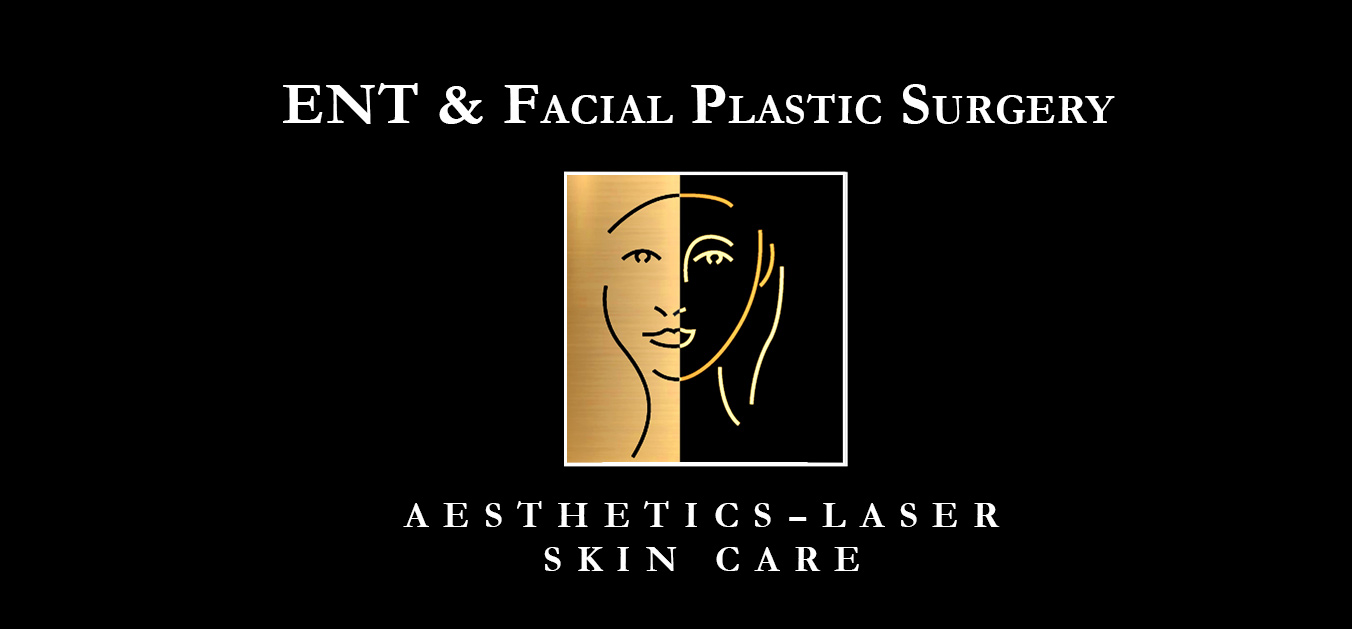If you’re considering ethnic rhinoplasty, it’s essential to work with an experienced surgeon who understands the complexities of ethnic nose surgery and knows how to produce natural-looking results.
In this blog post, we’ll provide you with a comprehensive guide to ethnic rhinoplasty in Washington, DC, covering the different types and approaches to achieve your ideal nasal appearance.
What Is Ethnic Rhinoplasty?
Ethnic rhinoplasty in Washington, DC is a specialized type of rhinoplasty that focuses on altering the nose while preserving and enhancing the patient’s ethnic identity. It takes into account the unique characteristics of different ethnicities, such as skin thickness, bone structure, and aesthetic preferences, to create a nose that is in harmony with the rest of the face.
What Are the Different Rhinoplasty Techniques?
There are several different rhinoplasty techniques or approaches that your surgeon may use during an ethnic nose surgery. These include open, closed, preservation, augmentation, and revision rhinoplasty.
1. Open Rhinoplasty: This technique involves making a small incision on the columella, the tissue between your nostrils. It allows for better visualization and access to the nasal structures, making it suitable for more complex or revision surgeries.
2. Closed Rhinoplasty: This approach involves making all incisions inside the nostrils, leaving no visible scars. It’s ideal for less complicated procedures and can produce excellent results for patients with thicker skin.
3. Preservation Rhinoplasty: This technique focuses on preserving as much of the natural nasal structure as possible, making it a suitable option for those seeking subtle changes or maintaining their ethnic features. It’s also known as non-destructive rhinoplasty.
4. Nose Augmentation: This type of rhinoplasty uses grafts and implants to enhance the size, shape, or overall appearance of the nose. It can be done as part of an ethnic rhinoplasty procedure to refine or improve upon one’s existing nasal features.
5. Revision Rhinoplasty: This surgical approach is designed to correct any issues from a previous surgery and may also use a combination of the aforementioned techniques.
Types of Ethnic Rhinoplasty
Caucasian Rhinoplasty
Typically, the goal of Caucasian rhinoplasty is to create a straight, symmetrical, and proportionate nose that blends well with the rest of the face.
Caucasian noses often have a higher bridge and a defined tip, so the surgeon will have to adjust the shape and size of the nose without altering its features. To achieve the desired results, the surgeon may employ advanced techniques such as cartilage grafting, tip refinement, and nasal bone reshaping.
African American Rhinoplasty
African American noses are often characterized by thicker skin, a wide base, a flatter bridge, and short nostrils.
As such, African American rhinoplasty typically includes adding volume to the nose to create a more defined tip and correcting any asymmetries. The surgeon may use techniques such as augmentation, which involves inserting cartilage or implants to build up the nose’s structure, as well as reducing tissue and reshaping the nostrils.
Asian Rhinoplasty
Asian noses tend to have a lower bridge and a less defined tip, making them more suited to certain facial structures.
Accordingly, Asian rhinoplasty aims to balance the nose’s features and improve its definition and symmetry. The surgeon may use augmentation to raise the bridge and create a more distinct tip or reduction to narrow the nostrils and reduce the width of the nose.
Hispanic Rhinoplasty
Hispanic noses typically have a wider base, thicker skin, and pronounced humps or ridges.
In turn, Hispanic rhinoplasty focuses on reducing the size of the nose and refining it to fit harmoniously with the rest of the face. The surgeon may use techniques such as reduction to reduce the size of the nose, refine the tip, smooth out bumps, and create a bridge that complements the patient’s features.
Middle Eastern Rhinoplasty
Middle Eastern nose shapes are often wide and prominent, with a drooping tip and a hump on the bridge.
To address patient concerns, Middle Eastern rhinoplasty often aims to refine the nose while maintaining its natural appearance and ethnic features. The surgeon may use techniques such as hump removal, tip refinement, tip augmentation, and alar base reduction to improve the nose’s shape and proportions.
Schedule a Consultation for Ethnic Rhinoplasty in Washington, DC
If you’re considering ethnic rhinoplasty in Washington, DC, please call our office today to schedule a consultation with one of our highly skilled and experienced surgeons.


